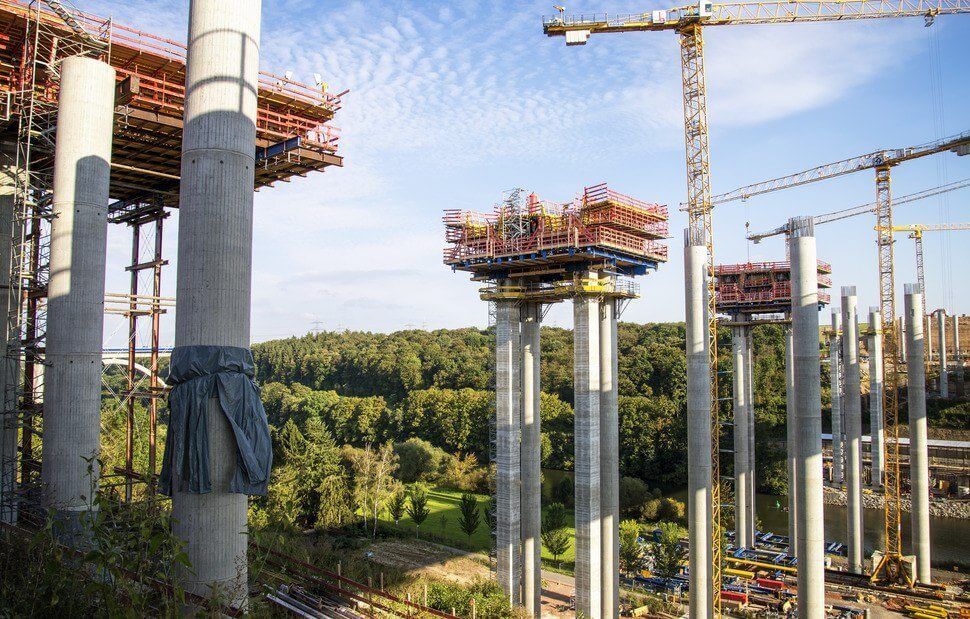
In a recent interview, Richard de Neufville, a civil engineer and professor at MIT specializing in complex systems engineering recently and the coauthor of the book Flexibility in Engineering Design recently participated in an interview published on the website Phys.org. He discusses that the practice of systems engineering is undergoing a fundamental shift from designing projects according to client specifications to developing them to accommodate modifications in the future. De Neufville explained that this Flexibility in Engineering Design (FIED) approach can be applied to a broad range of complex systems engineering projects, such as airports and highway projects.
Watch this video to learn how de Neufville applied FIED when he did the engineering work for an airport.
A Systems Approach to Airport Planning, Design, and Management
The Advantages of Using Flexible Engineering Design Principles
- Given that infrastructure projects must not only function to meet known objectives, but also those that arise from future innovations that are unknown. For example, an engineer designing a road network in the 1960s had no way to anticipate street would need to accommodate driverless cars in the 21st century. By employing FIED when planning and designing urban transportation corridors, civil engineers build in the scalability and adaptability necessary to change the system with evolving technology and needs.
- Another benefit of employing a FIED approach is that projects do not morph beyond a manageable size. Often infrastructure projects become “supersized” when planners and designers try to build in functionality for every possible contingency. With flexible engineering design, infrastructure elements are multifunctional, this limits the scale of the project, thus keeping it on scale and within budget.
- According to de Neufville, FIED infrastructure projects usually initially cost less than those using traditional spec-based engineering principles. He estimates using FIED principles when planning and designing highways and other types of infrastructure increases the value of the project by 25 to 30 percent.
Watch this video for an in-depth explanation by de Neufville about adding value to infrastructure projects by taking an FIED approach.
Flexibility in Engineering Design – Richard de Neufville, Ph.D., Dr. H.C.
Regulations and FIED Infrastructure
The Federal Highway Administration (FHWA) recognizes the benefits of FIED principles and encourages their use. During the legislative process that resulted in the Intermodal Surface Transportation Efficiency Act of 1991 and the National Highway System Designation Act of 1995, FWHA officials directed members of Congress to provide flexibility in both funding and regulations. As a result, today’s engineers have the leeway to design infrastructure that meets current needs with the flexibility to evolve with innovation and technological advances.
Do you use an FIED when planning and designing infrastructure? If so, what was your experience and how did clients respond to this approach? What challenges might engineers face by using FIED principles?






 We're more than just brokers. We're A/E specialists, delivering the right coverage and exceptional value and service to hundreds of design firms of all sizes. Of course we leverage the latest industry resources to provide you with coverage, risk management and contract review tailored to your practice. But we also remember the difference between simply billing clients and actually serving them. See for yourself. Contact us of a competitive quote on your professional liability insurance.
We're more than just brokers. We're A/E specialists, delivering the right coverage and exceptional value and service to hundreds of design firms of all sizes. Of course we leverage the latest industry resources to provide you with coverage, risk management and contract review tailored to your practice. But we also remember the difference between simply billing clients and actually serving them. See for yourself. Contact us of a competitive quote on your professional liability insurance.